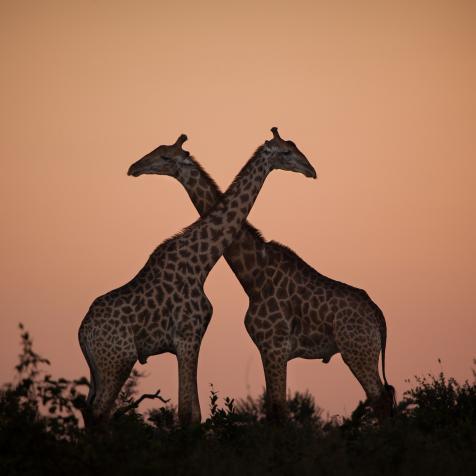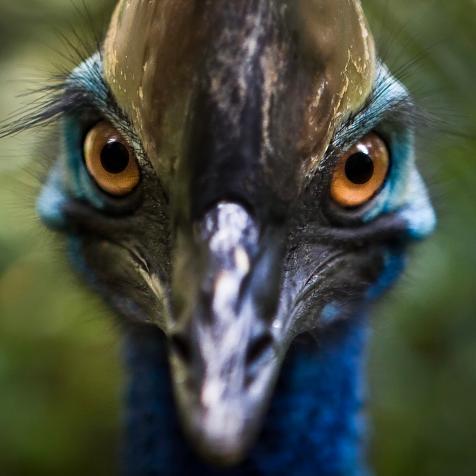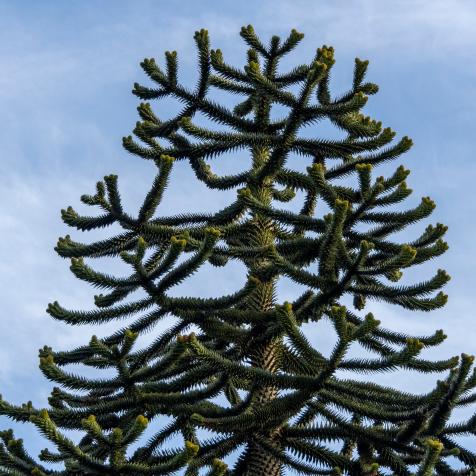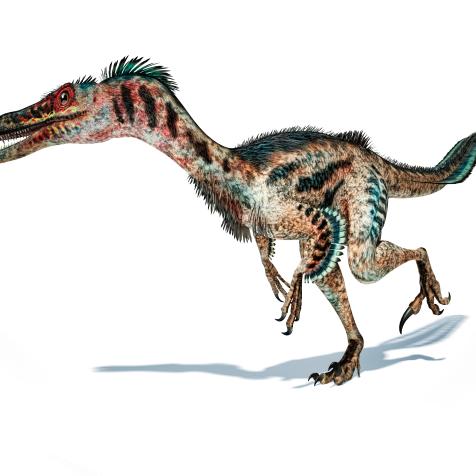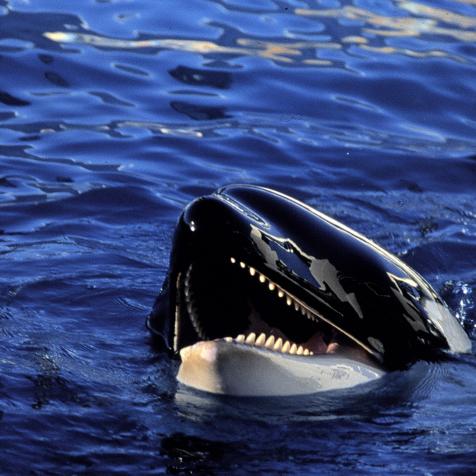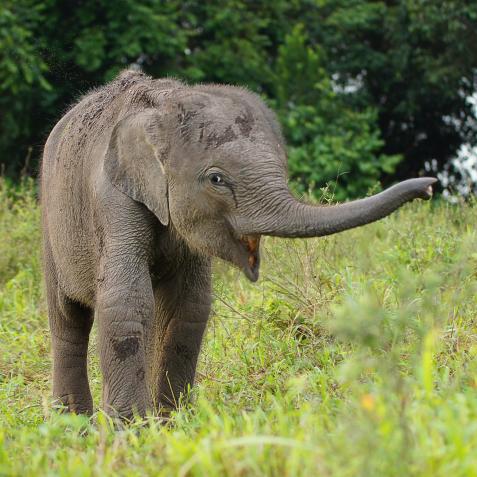
Jorge Blanco and Journal of Vertebrate Paleontology
One Who Causes Fear: Dinosaur Species Discovered in Patagonia
Paleontologists and researchers discovered a meat-eating species of dinosaur identified as “one who causes fear” in Patagonia.
Should T-Rex be scared? A newly identified species of carnivore dinosaur in Patagonia has been named “one who causes fear” by the scientists who discovered a “well-preserved” skull of the historic creature. Quoted by many as the “fearsome killer” and “especially terrifying,” scientists have come to discover this particular species lived on Earth during the Cretaceous period, known to be the last era before dinosaurs became extinct.

Journal of Vertebrate Paleontology
Skull of Llukalkan aliocranianus
A recent study was published in the peer-reviewed Journal of Vertebrate Paleontology crafted by paleontologist Frederico Gianechini and his team of researchers who discovered the species. The Llukalkan aliocranianus is theorized to be at the top of the food chain due to its “formidable size, extremely powerful bite, very sharp teeth, huge claws and keen sense of smell, USA Today explains. It’s name originates from the native Mapuche language for “one who causes fear” Llukalkan, and aliocranianus, meaning “different skull” in Latin. Federico Gianechini said in a statement, “this is a particularly important discovery because it suggests that the diversity and abundance of abelisaurids were remarkable not only across Patagonia but also in more local areas during the dinosaurs' twilight period.”
The abelisaurids are believed to have averaged 15–30 feet in length and were found within the vicinity of Patagonia as well as what is now Africa, India, Antarctica, Australia and South America. This species, about 80 million years ago, was one of ten currently known species of abelisaurids that flourished in the southern continents. One physical feature that’s been standing out to scientists are it’s cavities in the ear area that other abelisaurids do not have. Gianechini and other researchers suggest that this could have provided distinctive auditory capabilities, such as a sharper hearing range.

Journal of Vertebrate Paleontology
Site of discovery of Llukalkan aliocranianus.
All the while, T-Rex has been the meat-eating dinosaur humans feared most (of course, in our imagination), “one who causes fear” seems to be not too far behind in looks and intimidation factor. Like the T-Rex, the Llukalkan dinosaur was two-legged, with short, stubble-like arms, but was medium-sized, whereas the T-Rex was quite massive. It’s hypothesized that the Llukalkan dinosaur was similarly sized to an African elephant.
No matter the shape or size, scientists are sure of one fact: “It was probably a fearsome predator, with a large skull and strong bite.”









